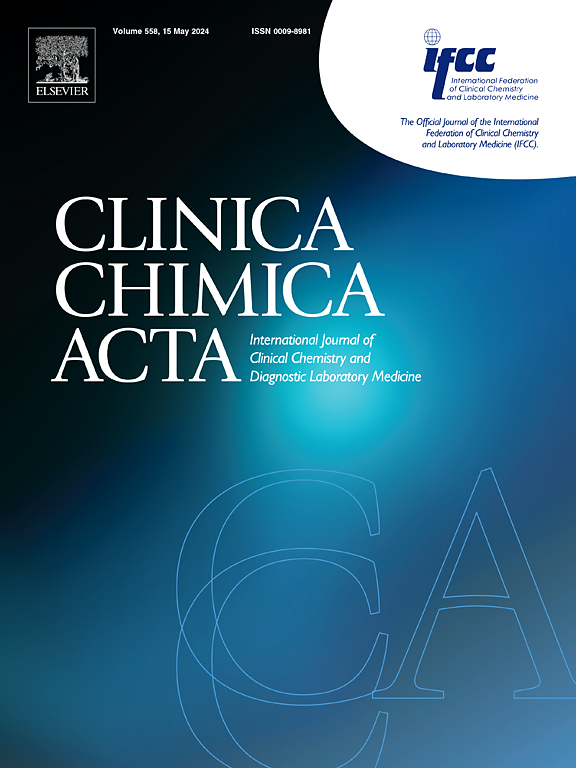Exosome biosensors for the detection of breast cancer
IF 2.9
3区 医学
Q2 MEDICAL LABORATORY TECHNOLOGY
引用次数: 0
Abstract
Breast cancer, the most common malignancy in women, is difficult to identify early with conventional techniques like biopsy and mammography, which are frequently invasive and prone to false negative results. Exosome-based detection is a novel, non-invasive diagnostic technique made possible by recent developments in biosensor technology. Exosomes, which are tiny extracellular vesicles released by cells, include biomarkers including microRNAs and oncogenic proteins that offer vital information about the occurrence and spread of breast cancer. By identifying exosomal biomarkers, biosensors use high sensitivity, specificity, and real-time analysis to facilitate early cancer detection, individualized treatment plans, and better patient outcomes. This review explores the biology of exosomes and their roles in intercellular communication, cancer progression, and therapeutic potential. It further examines the development and application of electrochemical, optical, and electrical biosensors for the detection of breast cancer-derived exosomes.
用于检测乳腺癌的外泌体生物传感器。
乳腺癌是女性中最常见的恶性肿瘤,很难通过活检和乳房x光检查等传统技术及早发现,这些技术往往是侵入性的,容易产生假阴性结果。基于外泌体的检测是一种新型的非侵入性诊断技术,由于生物传感器技术的最新发展而成为可能。外泌体是由细胞释放的微小的细胞外囊泡,包括生物标志物,包括microrna和致癌蛋白,这些生物标志物提供了有关乳腺癌发生和扩散的重要信息。通过识别外泌体生物标志物,生物传感器具有高灵敏度,特异性和实时分析,有助于早期癌症检测,个性化治疗计划和更好的患者预后。本文综述了外泌体的生物学特性及其在细胞间通讯、癌症进展和治疗潜力中的作用。它进一步探讨了电化学、光学和电学生物传感器在乳腺癌源性外泌体检测中的发展和应用。
本文章由计算机程序翻译,如有差异,请以英文原文为准。
求助全文
约1分钟内获得全文
求助全文
来源期刊

Clinica Chimica Acta
医学-医学实验技术
CiteScore
10.10
自引率
2.00%
发文量
1268
审稿时长
23 days
期刊介绍:
The Official Journal of the International Federation of Clinical Chemistry and Laboratory Medicine (IFCC)
Clinica Chimica Acta is a high-quality journal which publishes original Research Communications in the field of clinical chemistry and laboratory medicine, defined as the diagnostic application of chemistry, biochemistry, immunochemistry, biochemical aspects of hematology, toxicology, and molecular biology to the study of human disease in body fluids and cells.
The objective of the journal is to publish novel information leading to a better understanding of biological mechanisms of human diseases, their prevention, diagnosis, and patient management. Reports of an applied clinical character are also welcome. Papers concerned with normal metabolic processes or with constituents of normal cells or body fluids, such as reports of experimental or clinical studies in animals, are only considered when they are clearly and directly relevant to human disease. Evaluation of commercial products have a low priority for publication, unless they are novel or represent a technological breakthrough. Studies dealing with effects of drugs and natural products and studies dealing with the redox status in various diseases are not within the journal''s scope. Development and evaluation of novel analytical methodologies where applicable to diagnostic clinical chemistry and laboratory medicine, including point-of-care testing, and topics on laboratory management and informatics will also be considered. Studies focused on emerging diagnostic technologies and (big) data analysis procedures including digitalization, mobile Health, and artificial Intelligence applied to Laboratory Medicine are also of interest.
 求助内容:
求助内容: 应助结果提醒方式:
应助结果提醒方式:


